Higher classification Cypress | Division Pinophyta Scientific name Chamaecyparis Rank Genus | |
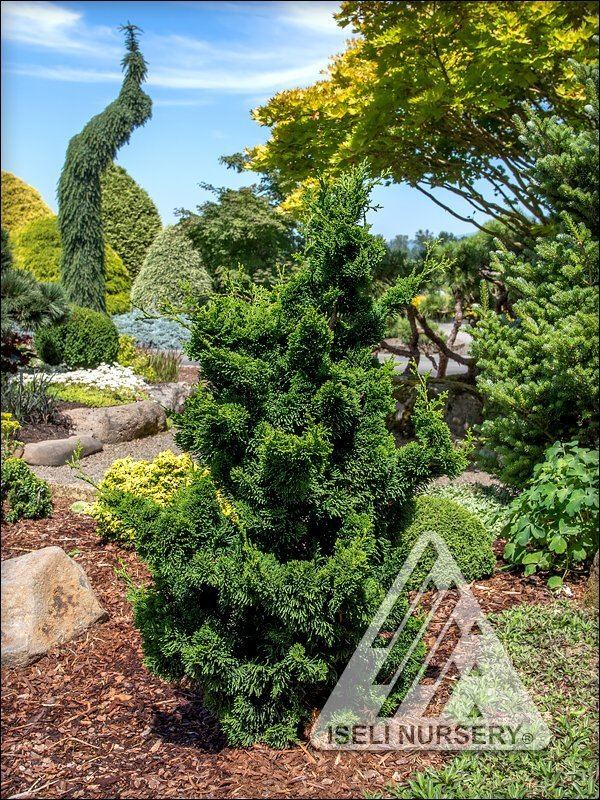 | ||
Lower classifications Hinoki cypress, Chamaecyparis lawsoniana, Chamaecyparis pisifera, Chamaecyparis formosensis, Chamaecyparis taiwanensis | ||
Chamaecyparis lawsoniana
Chamaecyparis, common names cypress or false cypress (to distinguish it from related cypresses), is a genus of conifers in the cypress family Cupressaceae, native to eastern Asia (Japan + Taiwan) and to the western and eastern margins of the United States. The name is derived from the Greek khamai, meaning ground, and kuparissos for cypress.
Contents
- Chamaecyparis lawsoniana
- Step by step with hinoki cypress chamaecyparis obtusa
- Cultivation and uses
- References
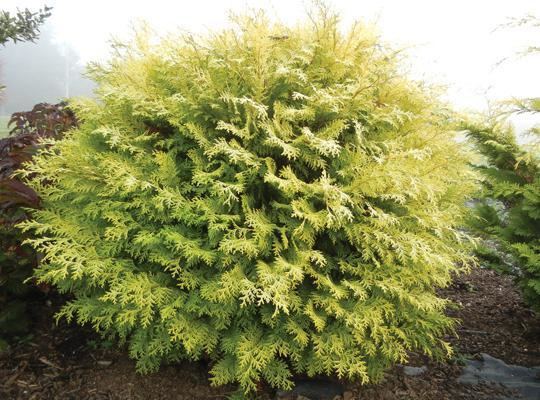
They are medium-sized to large evergreen trees growing from 20–70 m (66–230 ft) tall, with foliage in flat sprays. The leaves are of two types, needle-like juvenile leaves on young seedlings up to a year old, and scale-like adult leaves. The cones are globose to oval, with 8-14 scales arranged in opposite decussate pairs; each scale bears 2-4 small seeds.
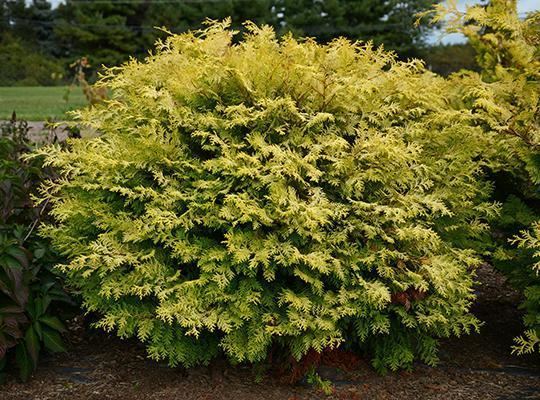
- Chamaecyparis formosensis Matsum. - Taiwan
- Chamaecyparis lawsoniana (A.Murray) Parl. - California, Oregon, Washington
- Chamaecyparis obtusa (Siebold & Zucc.) Endl. - Japan
- Chamaecyparis pisifera (Siebold & Zucc.) Endl. - Honshu, Kyushu
- Chamaecyparis taiwanensis Masam. & Suzuki - Taiwan
- Chamaecyparis thyoides (L.) Britton - Eastern United States (Mississippi to Maine)
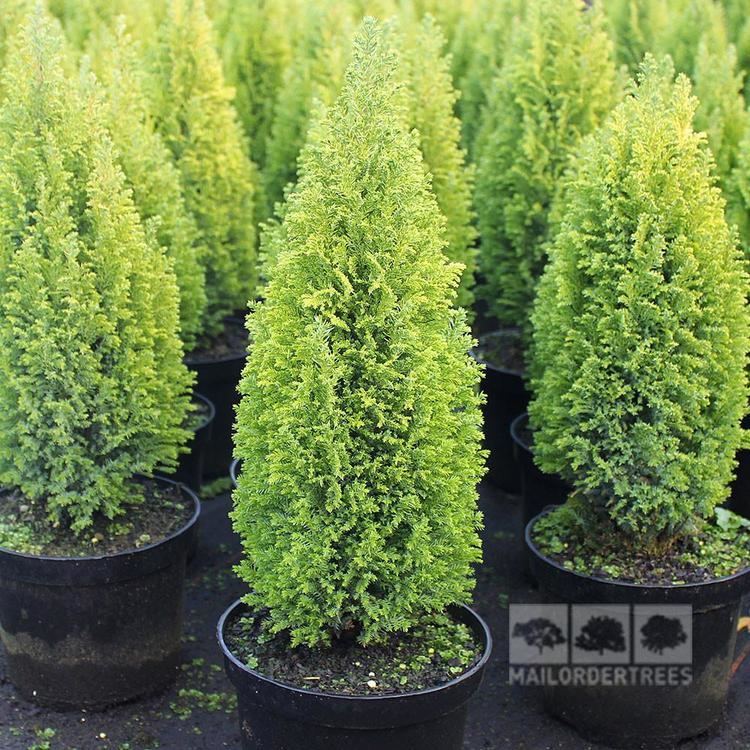
Chamaecyparis taiwanensis is treated by many authors as a variety of C. obtusa (as C. obtusa var. formosana).
Genus Fokienia is not always recognized as a separate genus from Chamaecyparis, in which case Chamaecyparis hodginsii (=Fokienia hodginsii should be added to the above list. On the other hand, a species which used to be included in this genus, as Chamaecyparis nootkatensis, has now been transferred on the basis of strong genetic and morphological evidence to the separate genus Xanthocyparis as Xanthocyparis nootkatensis, or back to Cupressus nootkatensis (the name it was originally described under in 1824).
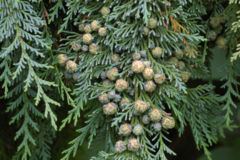
There are also several species described from the fossil record including:
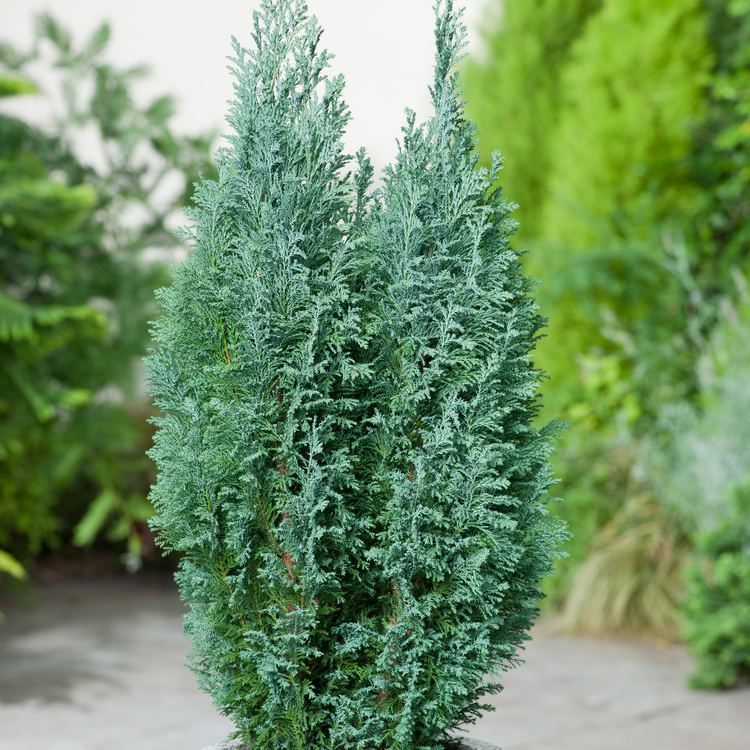
Chamaecyparis species are used as food plants by the larva of some Lepidoptera species including Juniper Pug and Pine Beauty.
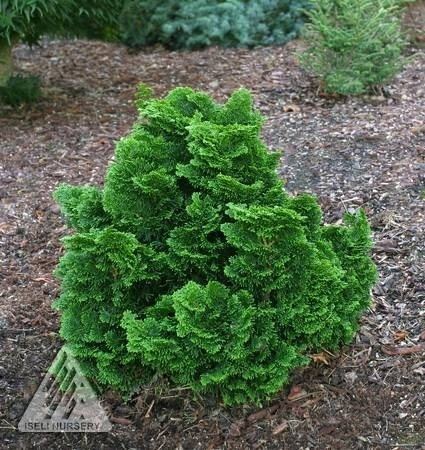
Step by step with hinoki cypress chamaecyparis obtusa
Cultivation and uses
Four species (C. lawsoniana, C. obtusa, C. pisifera, and C. thyoides) are of considerable importance as ornamental trees in horticulture; several hundred cultivars have been selected for various traits, including dwarf size, yellow, blue, silvery or variegated foliage, permanent retention of juvenile leaves, and thread-like shoots with reduced branching. In some areas, cultivation is limited by Phytophthora root rot diseases, with C. lawsoniana being particularly susceptible to P. lateralis.
The wood is scented, and is highly valued, particularly in Japan, where it is used for temple construction.
